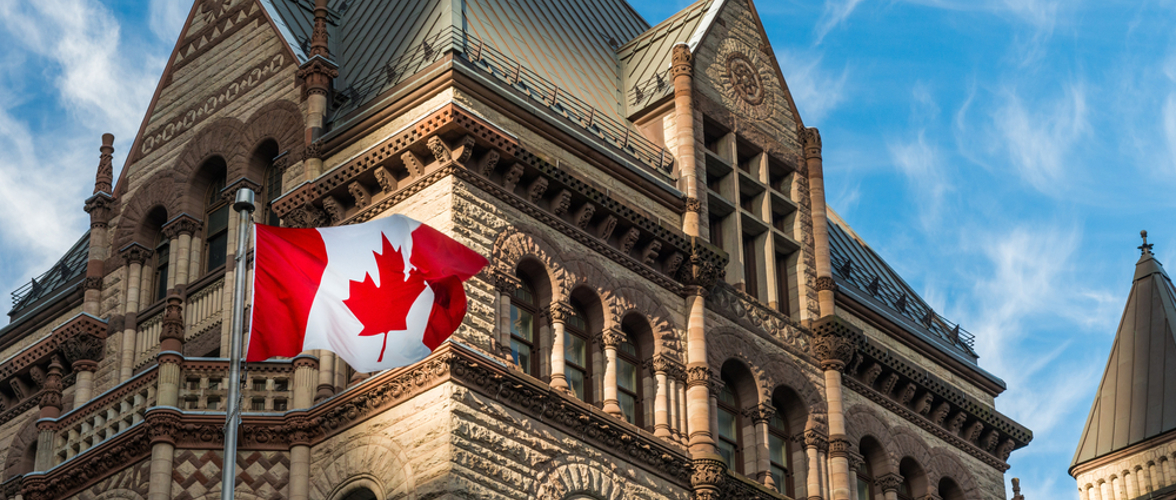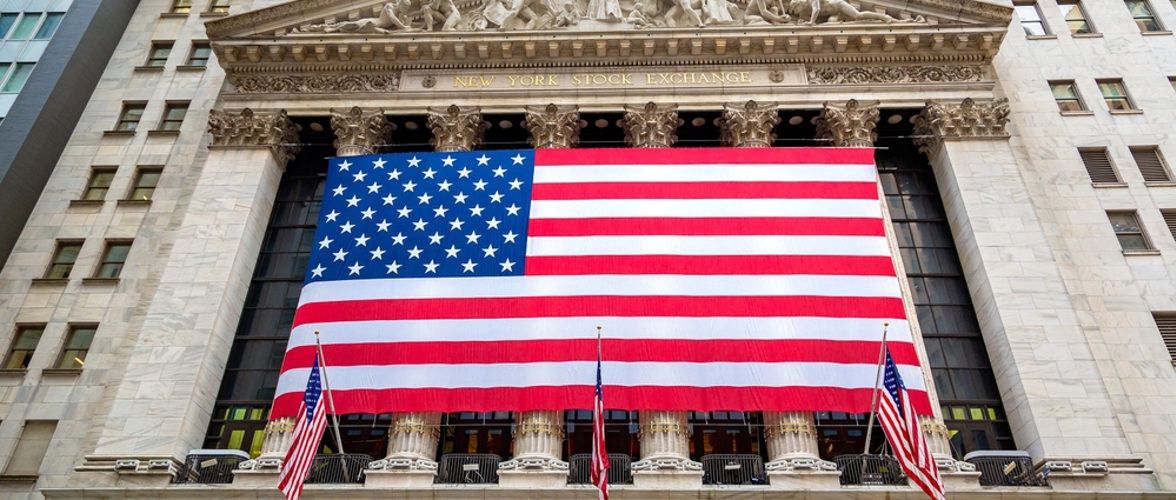Despite volatility during the previous two quarters, US GDP has been adjusted to increase at an annualized rate of 4.0% during the fourth quarter of 2020. This represents a relatively modest rate of growth compared with the third quarter, influenced primarily by general economic uncertainty and a surge in COVID-19 (coronavirus) cases during the late fall and winter months. Additionally, large swaths of the economy are still limited by social distancing regulations and supply chain disruptions.
As service-based industries continue to struggle, full economic recovery is largely dependent on significant deployment of a vaccine and further economic stimulus. Until an appropriate level of herd immunity is reached, the economy will likely continue to operate at a level that is well below full capacity. Nonetheless, fourth quarter figures do represent a source of optimism following the volatility of the second and third quarter. As the economy continues to tick upward, sentiment toward future uncertainty has shifted from downside risks of the pandemic to upside risks associated with explosive economic growth and inflationary pressures.
Labor market stagnates
While 717,000 jobs were added during the fourth quarter of 2020, total employment remains well below prepandemic levels. Notably, this job growth masks a decline of 227,000 jobs that occurred in December 2020, as the surge in winter coronavirus cases resulted in further regional restrictions. Specifically, the Accommodation and Food Services sector (IBISWorld report 72) lost 498,000 jobs during the fourth quarter. However, the number of jobs has rebounded, adding a comparably slight 49,000 jobs, in January 2021.

Overall, the labor market has reached a relative saturation point. Further growth is primarily dependent on coronavirus cases levelling off, in addition to vaccine deployment and herd immunity. While the unemployment rate fell to 6.3% as of January 2021, labor force participation is only at 61.4%, which is below prepandemic levels of 63.4%. This reflects an economy that lacks any further quick fixes.
Consumer spending levels off
Personal Consumption Expenditure, better known as consumer spending, rose 1.0% during the fourth quarter of 2020. Despite consumer spending declining in November and December 2020, gains made in October were enough for consumer spending to remain positive for the quarter. Similar to other trends in the economy, consumer spending was hindered by a decline in spending on accommodation and food services, transportation services and gasoline.
As business formation and job growth reaches a relative saturation point in the pandemic environment, consumer spending growth has been limited. Furthermore, persistently high permanent layoffs and a surge in winter coronavirus cases has led to consumers spending less on nonessential goods and services. Similar to job creation, consumer spending will likely remain below prepandemic levels until the vaccination rate increases, herd immunity is reached or further stimulus is provided.
Continued inflationary uncertainty
Inflation grew an expected 0.3% during the fourth quarter of 2020, lower than previous expectations. However, inflation growth is primarily tied to movements in the labor market and consumer spending levels. Accordingly, as job growth was stunted in December 2020 amid a surge in winter coronavirus cases, consumer spending similarly declined. Despite consistently remaining well below the Federal Reserve’s inflation target of an average of 2.0%, historically low interest rates cannot overcome the stagnating labor market in terms of raising prices.
As the vaccine is continued to be deployed and herd immunity becomes ever closer, the labor market is expected to trend toward prepandemic levels. When business formation and jobs expansion take hold, consumer spending levels will also likely increase. With interest rates expected to remain low and $1.9 trillion in further stimulus likely to occur, inflation expectations moving forward have increased as well. In conjunction with the Federal Reserve’s shift toward average inflation targeting, heightened inflation is more likely now than at any point in the past several years.
Construction activity divergence
Total construction spending grew 4.7% during the fourth quarter of 2020, primarily as a result of the low interest rate environment and systemic need for new housing construction on the residential side of the sector. While private nonresidential construction spending declined 0.5% during the fourth quarter, residential spending increased 11.1% during that same period. This stark difference between two primary activities of the Construction sector (23) represents a massive divergence in activity.
The decline in private nonresidential construction spending is largely intuitive, since a stagnating labor market, social distancing guidelines and more coronavirus cases have continued to hinder demand for new nonresidential buildings and construction. However, residential construction activity has continued to expand, despite the coronavirus pandemic decimating most sectors of the economy.

Due to the low interest rate environment, the cost of borrowing for consumers and housing developers is at historically low levels. Moreover, a relatively low existing housing stock has pushed housing prices to historical highs, which has furthered demand for new housing construction. As a result, these fundamentals of the housing market have led to an increase in demand for residential construction spending, despite the coronavirus pandemic.
With mortgage rates relatively low, consumers with the available cash to do so have shifted away from spending on services during the pandemic and toward investing in home improvements and other residential work. Housing permit authorizations have already surpassed 2003 levels and are expected to continue increasing. Accordingly, residential construction spending has expanded during the fourth quarter of 2020 and will likely continue to expand moving forward.
While residential construction spending has continued to increase during the pandemic, private nonresidential construction spending has declined. As service-based industries continue to struggle to operate at full capacity, demand for commercial real estate has fallen. With rental vacancy rates higher than they have been in a decade, the oversupply of existing real estate has also hindered demand for nonresidential construction activity. Until the vaccine is deployed and herd immunity is reached, demand for nonresidential construction activity will likely continue to lag behind, despite the low interest rate environment.
Economic recovery expectations
While the economy continued to expand in the fourth quarter, the economy still has not yet reached prepandemic levels of output. At this point, reaching herd immunity through the deployment of a vaccine may ultimately determine when the economy can return to operating at full capacity. Most sectors of the economy have adapted to social distancing guidelines and regulations as best as possible. However, service-based sectors, particularly the Accommodation and Food Services sector, cannot operate at anywhere near full capacity until herd immunity is reached. Additionally, the labor market and consumer spending levels will likely continue to fall short of expectations until the vaccine is fully deployed. Despite the best efforts of federal stimulus and interest rates remaining at near-zero, there is only so much to be done to prop up the economy.
Migrations in risk
Despite the aforementioned struggles and obstacles, vaccine deployment has represented a source of optimism. The low interest rate environment will likely continue to stimulate economic activity where possible, while the gradual reopening of the economy presents opportunities for industries that have operated below full capacity for far too long. Accordingly, sentiment toward economic uncertainty has largely shifted from concerns of downside risk to potential upside risks.
The anticipated passing of further stimulus by the Biden administration has the potential to supercharge a massive economic rebound as the economy nears herd immunity. When herd immunity is finally reached and the economy begins to operate at full capacity, explosive economic growth and activity is likely to be the outcome. Due to these trends, there remains a distinct possibility of the economy reaching full employment by the end of 2022. Such an event would increase the risk of sooner-than-expected interest rate hikes, which would certainly have an effect on business planning and the flow of money in the economy.
Overall, the risk outlook is projected to be more favorable in 2021 and 2022, alongside an economic reopening and the worst of the pandemic in the rearview. In 2020, the distribution of risk ratings was at the higher end of the scale, with 68.4% of industries rated medium-high or greater risk. In 2021, risk levels will likely moderate, though they are expected to remain elevated and skew toward the higher end. As the economy begins to operate near or at full capacity by 2022, risk levels are forecast to improve significantly, with the distribution of risk ratings skewing toward the lower end.








